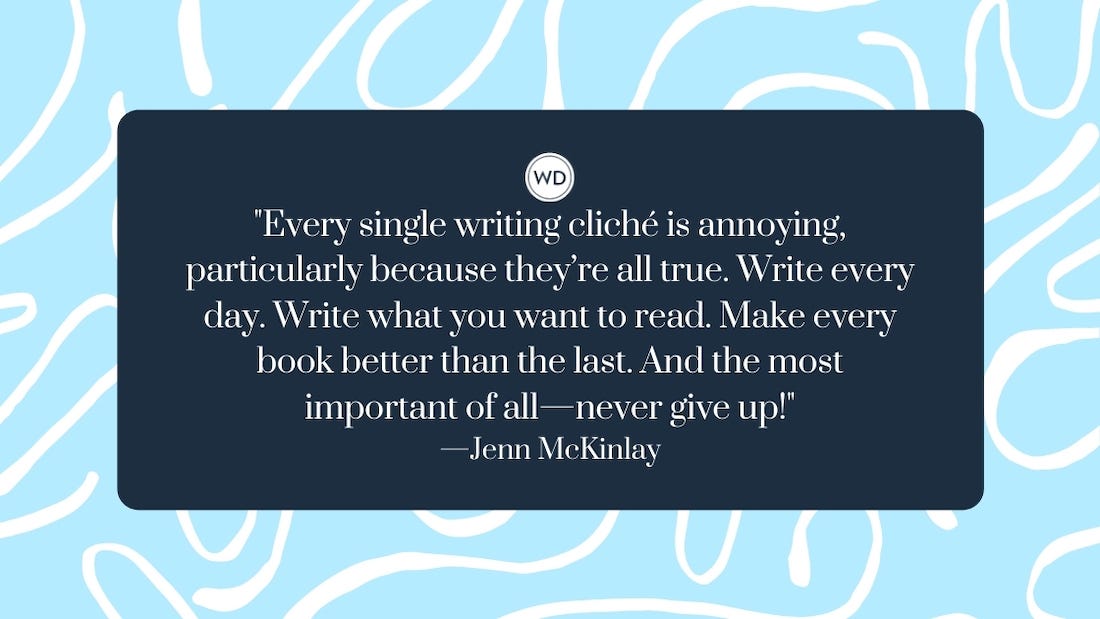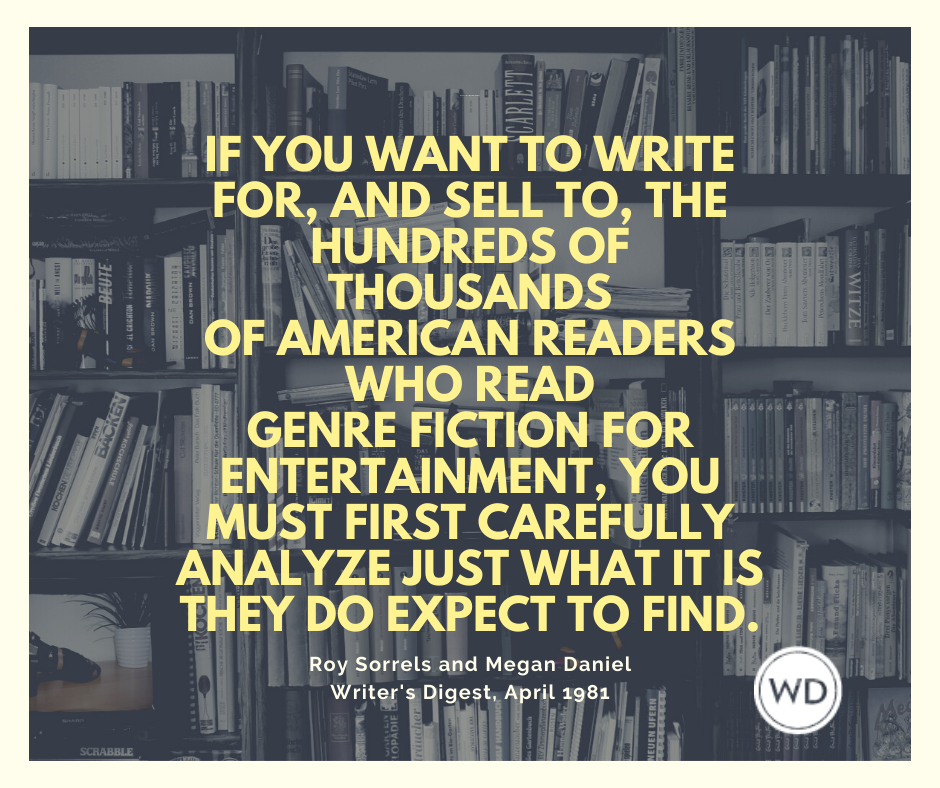Prose Primer
The building blocks of effective prose are simpler than you think.
You've written a wonderful story—great premise, moving characters, exciting plot twists—but it's being rejected without, you suspect, even getting a thorough reading. So what's the problem? More than likely, it's the prose. If a manuscript's hard to read, no editor will make it past Page 2. An editor needs to trust your facility with language before he's willing to read on.
To improve your chances of selling, reshape your prose so the essential story can shine through. This means crafting paragraphs that are economical, smooth, varied, accurate and muscular.
Economy—burn like sunshine Nearly two centuries ago, poet Robert Southey advised, "Be brief; for it is with words as with sunbeams, the more they are condensed the deeper they burn." Prose laden with extra words can feel sluggish. Consider, for example, the following paragraph:
A very small dog, no more than nine inches high, walked aimlessly across the street near the center of town. Cars and trucks stopped abruptly, slamming on their brakes, tires skidding loudly, in attempts to avoid hitting the animal. The drivers let loose long strings of oaths at the accident that had nearly happened. The dog paid none of them any attention, just kept wandering vaguely, occasionally stopping to sniff delicately at the surface of the road.
How much bloat can you remove from the paragraph? The more effective version below has only 26 words, one-third of the original, with no loss of content. This lets the reader concentrate on what's important—the story:
A tiny terrier wandered across Main Street. Traffic screeched to a halt and drivers cursed volubly. Oblivious, the dog wandered on, sniffing delicately at the macadam.
Try editing one of your own manuscripts and you'll be surprised at the improvement.
Smoothness—how things connect Some prose is difficult to read because its elements—phrases, clauses and sentences—don't flow together. This forces the reader to stop and ponder just what the writer means, jolting her out of the story.
There are different kinds of flow problems. The following sentence is chopped by commas into far too many short segments: "Fido, whom we adopted from a shelter, isn't, to my knowledge, a purebred, but, of course, not being an expert, I could be wrong."
Much better would be: "I don't think our shelter dog, Fido, is a purebred, but I'm no expert."
Sometimes, flow is impeded by a lack of effective transitions: "The TV was broken. I bought a new sweater."
Add a causal transition: "Since the TV was broken and I was bored, I shopped for a new sweater."
Examine this awkward setup: "June slept well. Shopping, she met Carl in the produce aisle."
Add a temporal transition: "June slept well. The next day, she met Carl in the produce aisle."
Variation—more than a "one-note Johnny" Effective prose isn't monotonous. Without a varied sentence structure, you'll end up sounding like a nursery rhyme. The following, for example, consists of only compound sentences joined by "and" or "but":
On Tuesday, Jane was nagging me, and my boss was still on my case. I ducked out early, and Sue met me at the movies. We saw a double feature, but then she started riding me, too. I didn't like it, and I told her so.
By now, the reader's probably in a trance thanks to repetitious rhythm. Much more effectual would be a variety of sentence lengths and forms, like this:
On Tuesday, I was still being nagged by both Jane and my boss, so I ducked out early. Sue met me at the movies. Good double feature, but afterward, Sue started riding me, too. What's with everybody?
Other overused patterns include starting too many sentences with "-ing" participles (e.g., "Putting on my jacket..."), beginning three or four sentences in a row with "he" or your protagonist's name, and writing strings of sentences with roughly the same word count. Vary structure and length.
Accuracy—get your facts straight Credible prose is accurate prose, in fiction as well as journalism. Unless you're writing the sort of humor that deliberately distorts or exaggerates situations, check your facts and then check them again. An editor will lose trust in you if, through misapprehension or sloppiness, your protagonist walks east on Madison Avenue in Manhattan, or your young heroine wears a hoop skirt in Regency England, or your attorney hero doesn't seem to understand probable cause. The editor may not be familiar with these things, either—but don't assume anything. He reads a lot of books. Keep your details accurate.
Muscle—use the heavy lifters Powerful prose relies heavily on its strongest words: nouns and verbs. The right noun or verb can not only eliminate padding but also make your writing more vivid. Consider again our off-leash dog:
A tiny terrier wandered across Main Street. Traffic screeched to a halt and drivers cursed. Oblivious, the dog wandered on, sniffing delicately at the macadam.
"Wandered," "screeched" and "cursed" are all more vivid than the verb constructions they replaced. Nouns gain power by their specificity: "terrier," "Main Street," "macadam." Certainly there's a place in good writing for adjectives and adverbs; "tiny" and "delicately" help sharpen our picture of this wayward canine, but most of the meaning should be carried by nouns and verbs.
After you've finished a first draft, revise your work with the five characteristics of good prose in mind. Because it can feel overwhelming to consider all this as you write a first draft, concentrate initially on telling your tale and developing characters. Plan on a careful revision to bring your prose up to the level of your story—and you just might have a sale.
Nancy Kress' latest book is Probability Moon, a novel told in multiple, middle-distance third person, for maximum flexibility.









